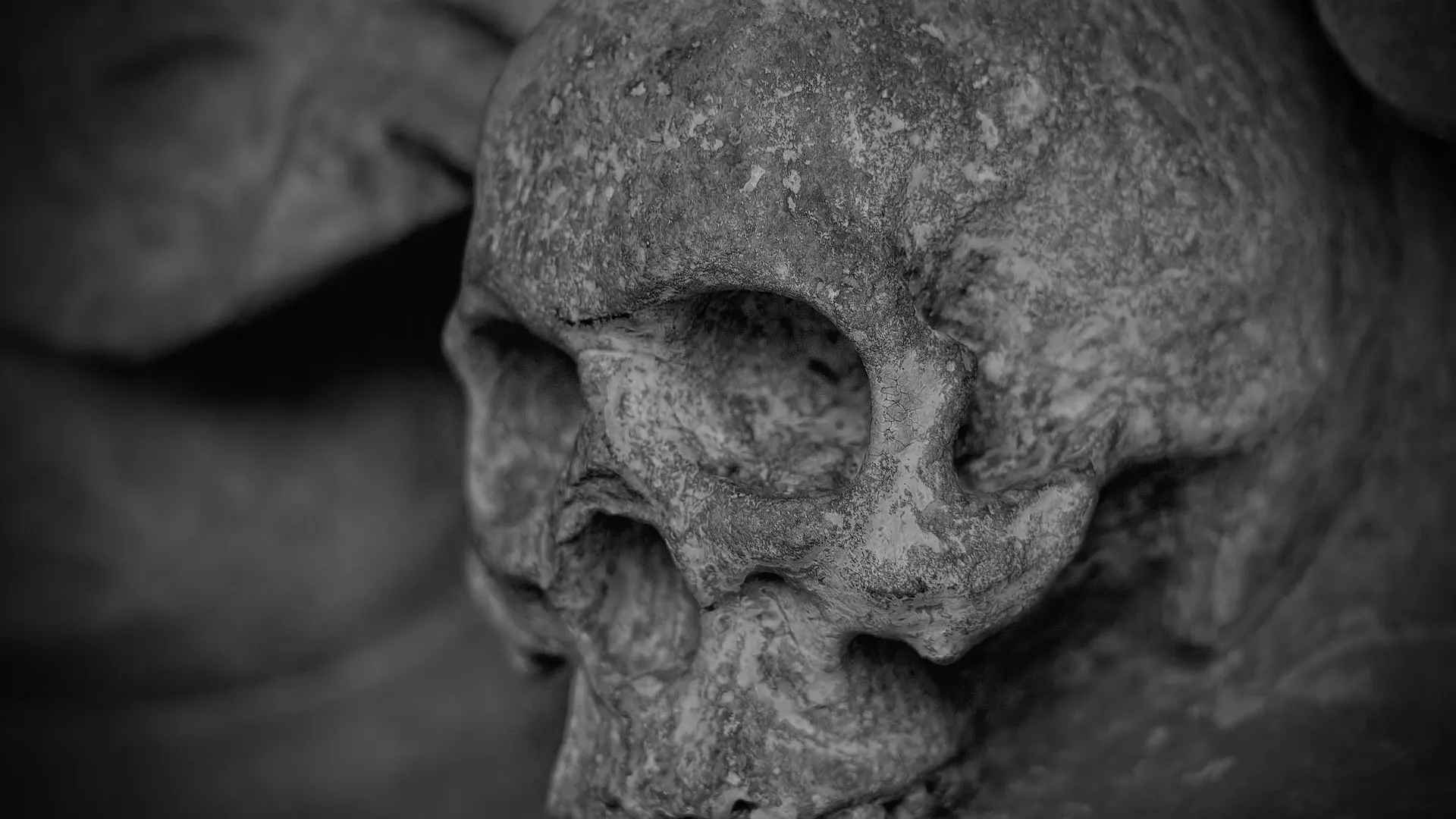The long withstanding megadrought in Nevada and much of the Western United States revealed two bodies in Lake Mead after the drought depleted its water levels.
- Minnesota experienced its own drought last fall when 93% of the state was abnormally dry – now, the state is getting the chance to explore their own hidden treasures.
- A roughly 8,000-year-old skull was discovered last summer in the Minnesota River during an unusual drought felt by 93% of the state. About 110 miles west of Minneapolis, two kayakers made the discovery and turned it over to a medical examiner, according to Renville County Sheriff Scott Hable.
The skull then made its way, eventually, to the FBI where a forensic anthropologist used carbon dating – a tool which can measure the age of an object that contains carbon – to estimate its age.
The skull belonged to a young man who lived in the area between 5,500 and 6,000 B.C.E., authorities have since determined.
“It was a complete shock to us that the bone was that old,” said Hable.
“There’s probably not that many people at that time wandering around Minnesota 8,000 years ago, because, like I said, the glaciers have only retreated a few thousands years before that,” said Kathleen Blue, a professor of anthropology at Minnesota State University, who says the skull most likely belongs to a tribe that was living in what is now known as Minnesota. “That period, we don’t know much about it.”
Hable and his office made a social media post regarding the news, but removed the post after complaints were made by several Native Americans who said it’s offensive to Native American culture to display images of their ancestors without first notifying them.
Minnesota Indian Affairs Council Cultural Resources Specialist Dylan Goetsch said in a statement that the council was not told about the finding as they were required to per state law. According to official, Hable’s social media post “showed a complete lack of cultural sensitivity” by referring to the ancestral remains as a “little piece of history,” and not an individual Native American.
Minnesota has recently recovered from the harshest aspects of the drought, but its lingering effects are still being felt by locals.
Farmers and ranchers in Minnesota, for example, have had to request government assistance in order to feed their livestock after food sources were dried out. Last summer’s discovery mirrors recent finds made in Nevada’s Lake Mead this spring, when a body stuffed in a barrel was found after the lake’s water levels were depleted due to the West’s ongoing megadrought.
The remains discovered last summer will be turned over to Upper Sioux Community tribal officials.
